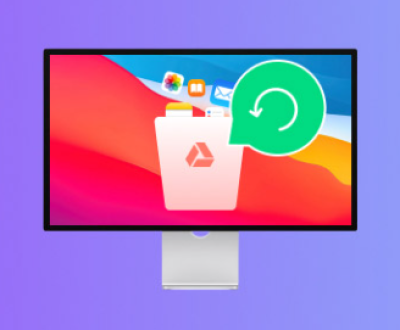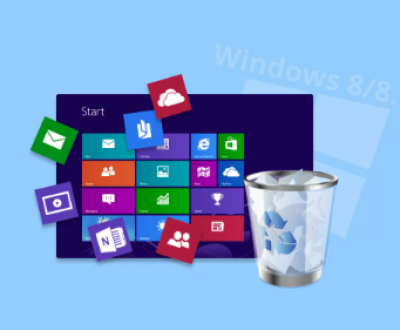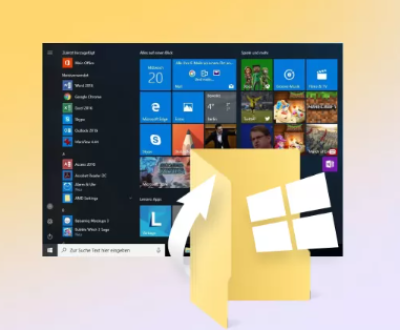Resetting a Seagate external hard drive can be done through different methods depending on your specific needs and the operating system you’re using.
Open Disk Management: Press the Windows key + R, type “diskmgmt.msc” in the Run dialog box, and press Enter. This will open the Disk Management utility.
Locate the Seagate Drive: In the Disk Management window, identify your Seagate external hard drive. It will usually be listed with its capacity and a drive letter (if assigned).

Right-click and Select Format: Right-click on the partition of the Seagate drive that you want to reset. From the context menu, select “Format”.
Configure Format Options: In the Format dialog box, you can choose the file system (such as NTFS, FAT32. or exFAT), allocation unit size, and volume label. NTFS is suitable for Windows systems and offers better security and file management. FAT32 is more compatible with different operating systems but has limitations on file size and partition size. exFAT is a good choice for drives that need to be used on both Windows and macOS.
Start the Formatting Process: After configuring the options, click “OK” to start the formatting process. A warning message will appear, asking you to confirm that you want to format the drive. Click “OK” again. The formatting process may take some time depending on the size of the drive and the amount of data on it.
Using Seagate Tools
Download and Install Seagate Tools: Visit the Seagate official website and download the appropriate tool for your external hard drive model. For example, Seagate Dashboard is a commonly used software. Install the software on your Windows computer.
Open Seagate Tools: Launch the Seagate software you installed. It will usually detect your connected Seagate external hard drive automatically.
Locate the Reset Option: In the Seagate software interface, look for options related to drive management or settings. There may be a “Reset” or “Initialize” option. The specific location and name of the option may vary depending on the software version.
Follow the On-screen Instructions: Once you find the reset option, click on it and follow the on-screen prompts to complete the reset process. The software may ask you to confirm certain actions or provide additional information.
Resetting on macOS
Erasing the Drive in Disk Utility
Open Disk Utility: You can find Disk Utility in the Applications > Utilities folder. You can also use Spotlight Search by pressing Command + Space and typing “Disk Utility” to open it.
Select the Seagate Drive: In Disk Utility, the Seagate external hard drive will be listed on the left side. Click on the drive to select it.
Click the Erase Button: After selecting the drive, click the “Erase” button in the toolbar at the top of the Disk Utility window.
Configure Erase Options: In the Erase dialog box, you can choose the format (such as Mac OS Extended (Journaled), APFS, or MS-DOS (FAT)) and give the drive a name. Mac OS Extended (Journaled) is the default format for macOS and offers good performance and reliability. APFS (Apple File System) is the latest file system introduced by Apple and is recommended for new Mac systems. If you need to use the drive on both Mac and Windows systems, MS-DOS (FAT) or exFAT can be a good choice.
Start the Erasing Process: Click “Erase” to start erasing the drive. A confirmation dialog box will appear. Click “Erase” again to confirm. The erasing process will take some time depending on the drive size and the amount of data.
Using Seagate Software for Mac
Download and Install Seagate Software: Go to the Seagate official website and download the Mac version of the Seagate software suitable for your hard drive model. Install the software on your Mac.
Open the Seagate Software: After installation, launch the Seagate software. It should detect your connected Seagate external hard drive.
Find the Reset Function: In the software interface, look for options related to drive management or setup. There should be a function to reset or initialize the drive. The exact location and name of the option may vary.
Follow the Prompts to Reset: Click on the reset option and follow the on-screen instructions to complete the reset. The software may ask you to confirm certain actions or provide additional details.
Special Cases and Precautions
If the Drive is Encrypted
Windows: If your Seagate external hard drive is encrypted with BitLocker, you will need to enter the BitLocker recovery key to unlock the drive before you can reset it. In the Disk Management or other relevant tools, you may see an option to “Unlock Drive” or “Enter Recovery Key”. Enter the correct key to access the drive and then proceed with the reset steps.
macOS: If the drive is encrypted with FileVault, you need to decrypt the drive first. Open Disk Utility, select the encrypted drive, and click the “Lock” icon in the toolbar. Enter your password to unlock the drive. Then you can follow the normal erase process to reset the drive.
If the Drive is Not Detected
Check the Connection: First, make sure the external hard drive is properly connected to your computer. Try unplugging and replugging the USB cable or other connection cables. If possible, try using a different USB port or cable.
Check the Power Supply: If the Seagate drive requires an external power source, make sure it is plugged in and turned on. Some external hard drives may have a power switch or indicator light.
Update Drivers: On Windows, go to Device Manager (you can search for it in the Start menu). Look for the Seagate drive under “Disk drives” or “Universal Serial Bus controllers”. Right-click on the drive and select “Update driver”. Follow the on-screen instructions to update the driver. On macOS, make sure your system is up to date. Sometimes, a software update can fix issues with drive detection.
Use Diagnostic Tools: Seagate provides diagnostic tools that can help identify and fix issues with drive detection. Download and run the appropriate Seagate diagnostic software for your drive model. The software can check for hardware problems and provide solutions or error messages.
Data Backup: Before resetting the Seagate external hard drive, it’s crucial to back up any important data on the drive. You can use various methods to back up data, such as copying files to another external drive, using cloud storage services, or using backup software.
Advanced Resetting and Partitioning
Partitioning the Drive
Windows: After opening Disk Management as described earlier, right-click on the unallocated space of the Seagate drive and select “New Simple Volume”. Follow the New Volume Wizard to create a new partition. You can specify the size of the partition, assign a drive letter, and choose the file system.
macOS: In Disk Utility, select the Seagate drive and click the “Partition” button. In the Partition Layout dialog box, you can add or remove partitions, resize them, and choose the format for each partition.
Low-Level Formatting: Low-level formatting is a more advanced and less commonly used method of resetting a hard drive. It erases all data on the drive and restores it to its original factory state. However, it should be used with caution as it can cause data loss and may void the drive’s warranty.
Windows: There are third-party low-level formatting tools available, such as HDD Low Level Format Tool. But be careful when using these tools and make sure to follow the instructions carefully.
macOS: You can use the “Secure Erase” option in Disk Utility for a more thorough erasing process. This option overwrites the data on the drive multiple times to ensure better data security.
About us and this blog
Panda Assistant is built on the latest data recovery algorithms, ensuring that no file is too damaged, too lost, or too corrupted to be recovered.
Request a free quote
We believe that data recovery shouldn’t be a daunting task. That’s why we’ve designed Panda Assistant to be as easy to use as it is powerful. With a few clicks, you can initiate a scan, preview recoverable files, and restore your data all within a matter of minutes.
Subscribe to our newsletter!
More from our blog
See all postsRecent Posts
- How to recover accidentally deleted files 2025-07-01
- How do i recover a file i accidentally deleted 2025-07-01
- How to recover an accidentally deleted file 2025-07-01

 Try lt Free
Try lt Free Recovery success rate of up to
Recovery success rate of up to









